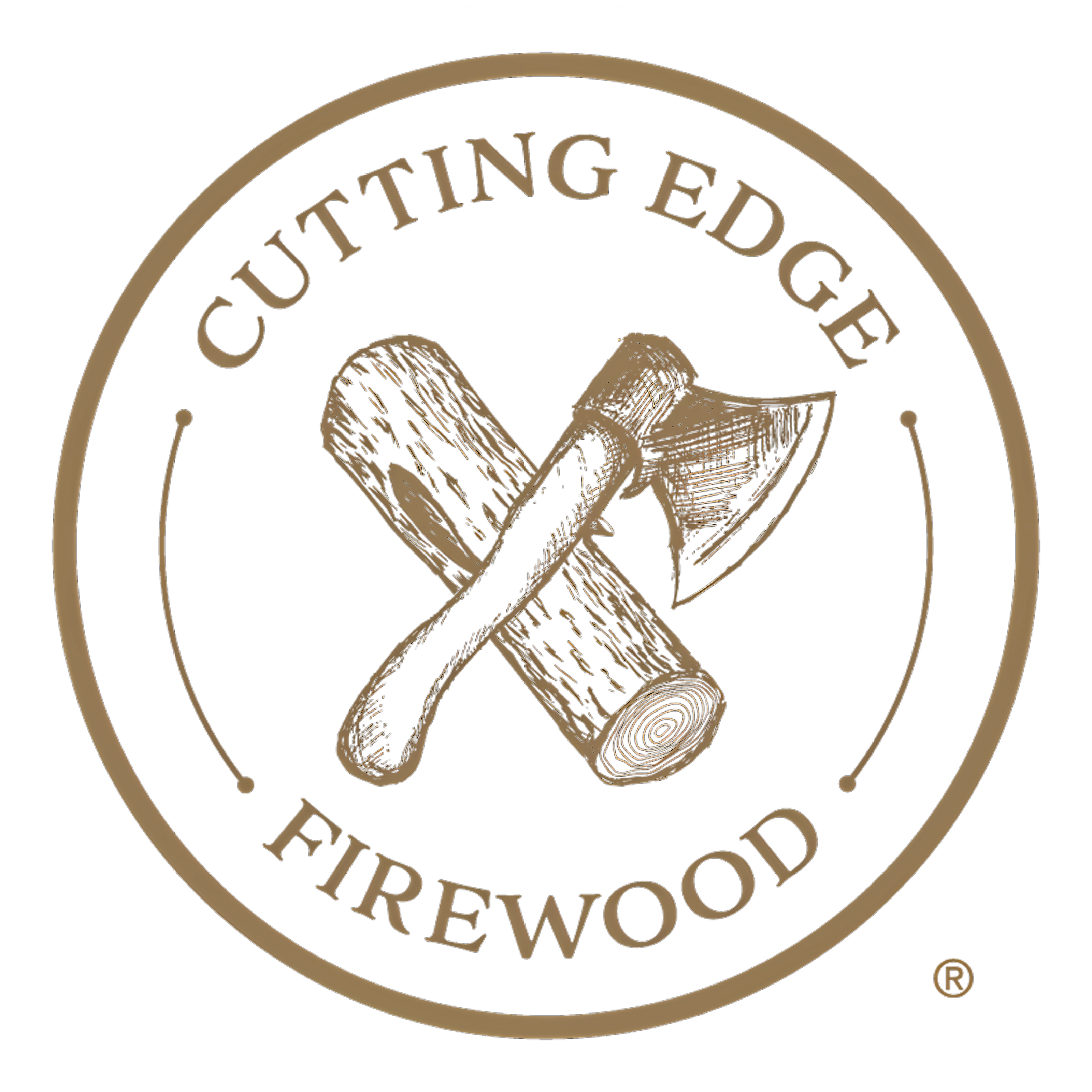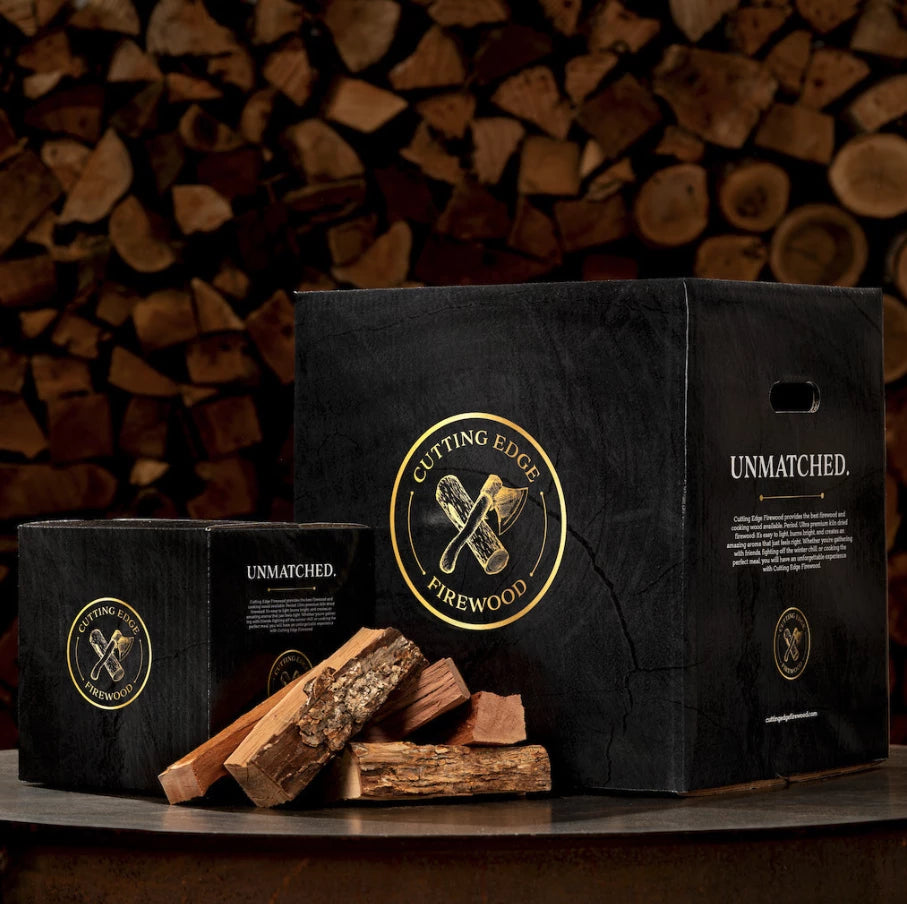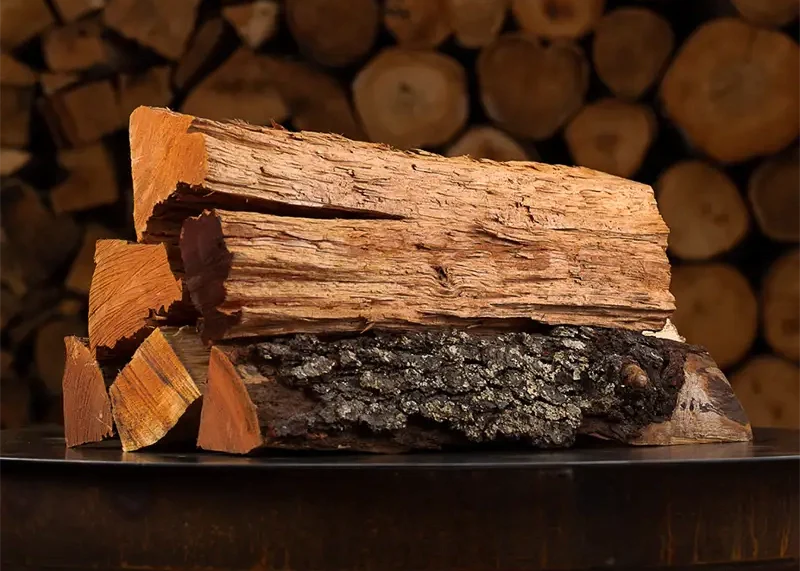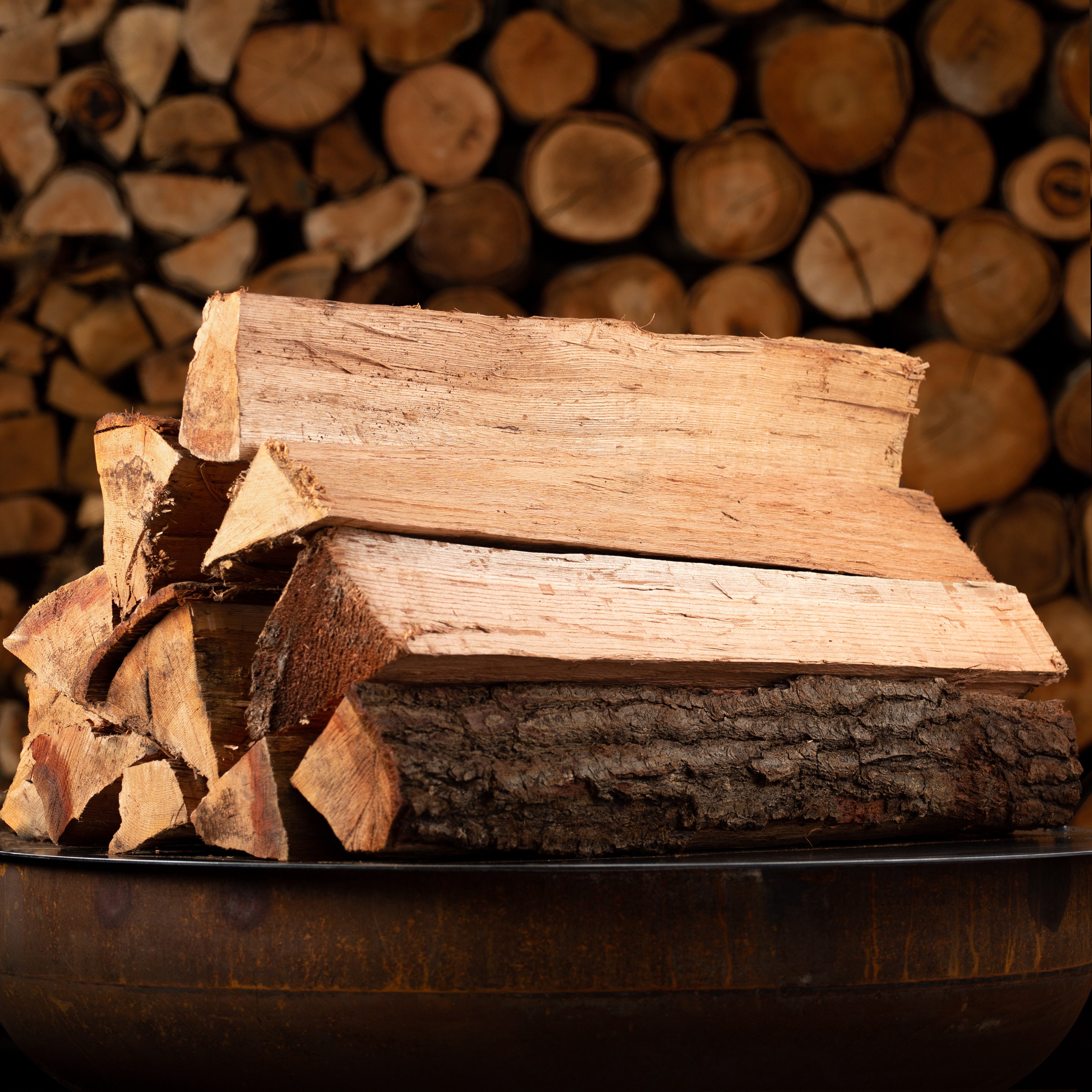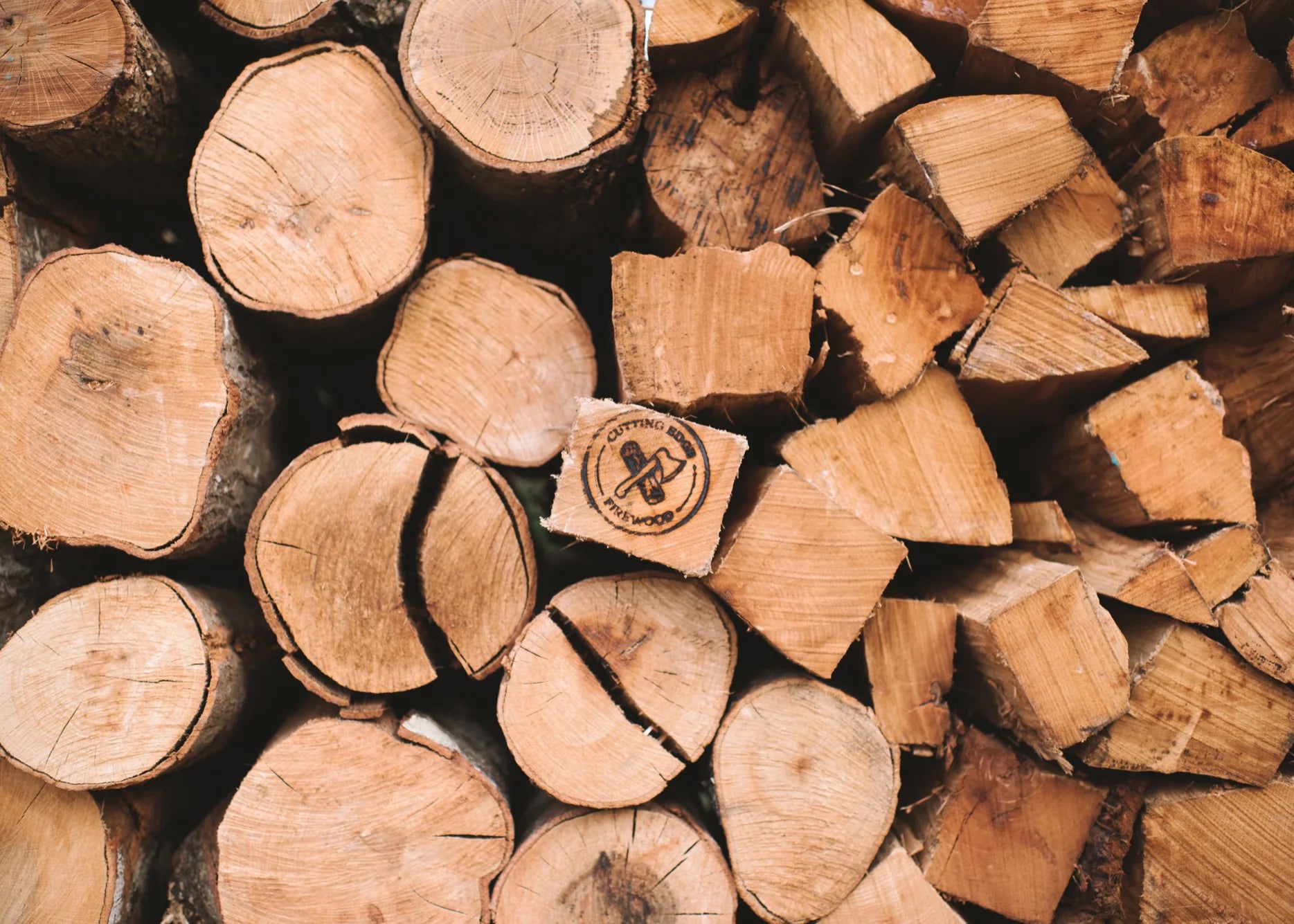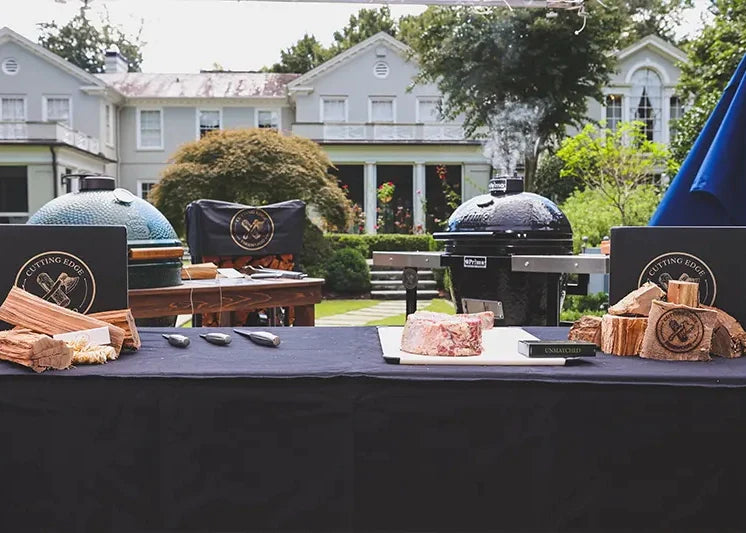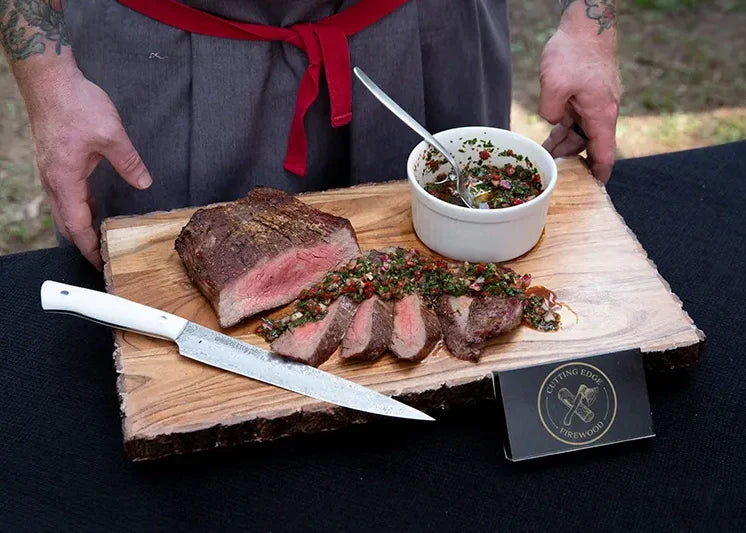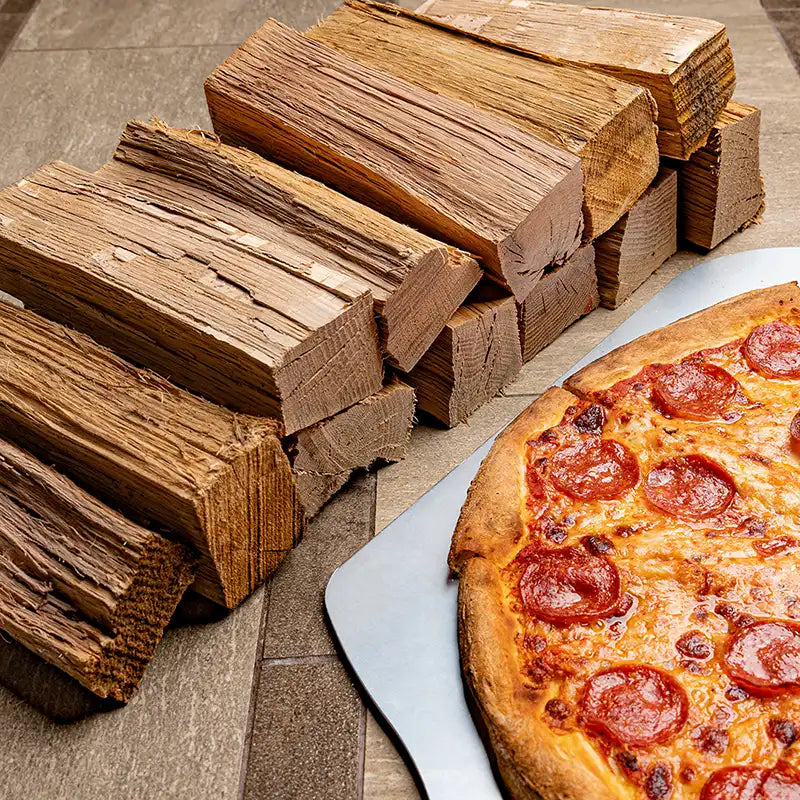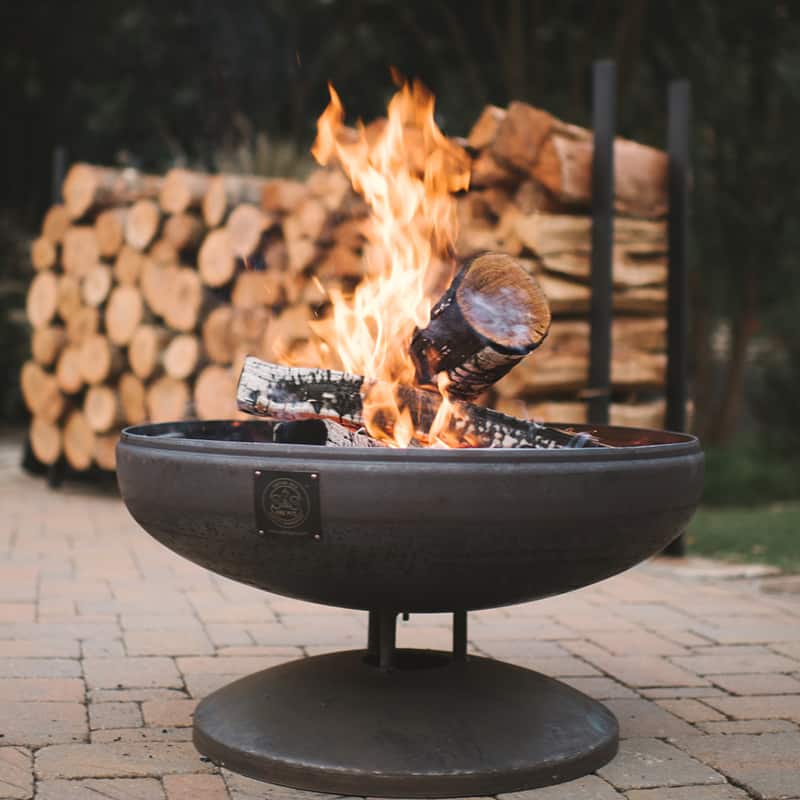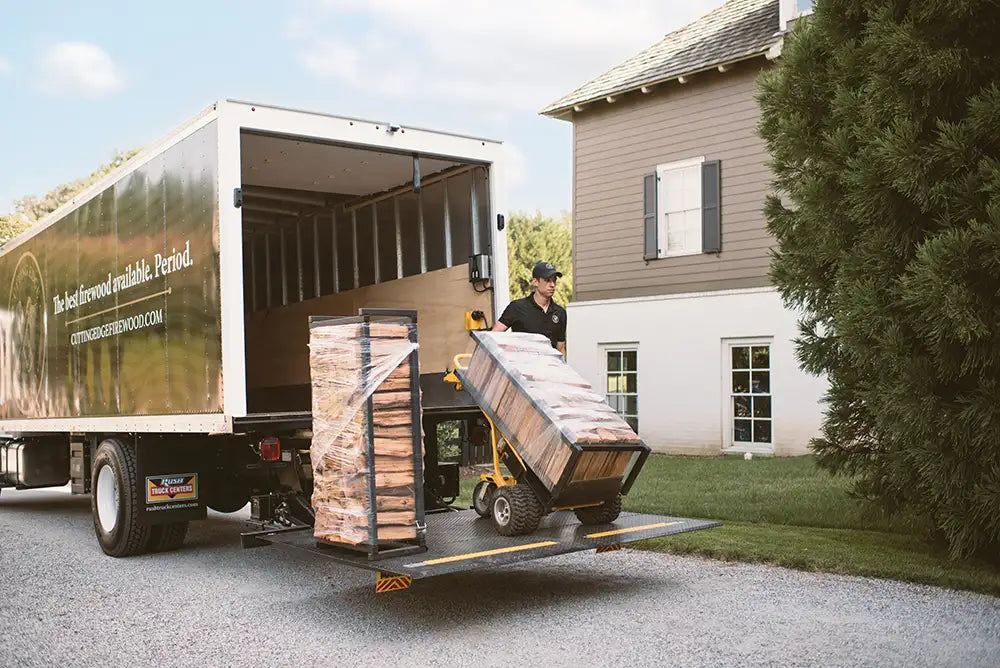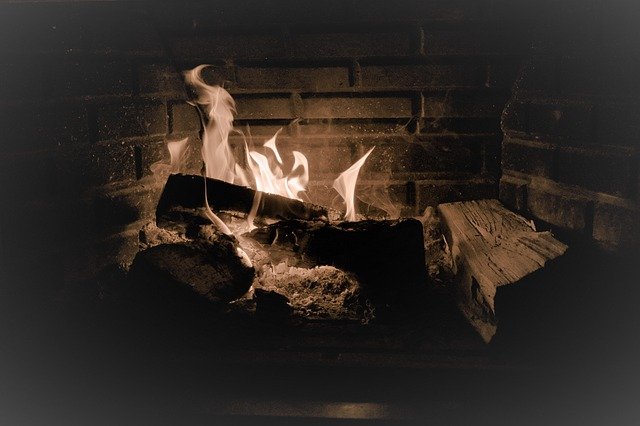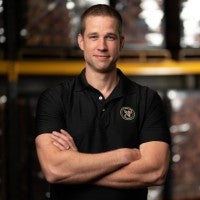How much heat does your fireplace produce? It's frustrating when you spend your time and energy building a fire, only for it to produce little or no heat. While using high-quality firewood can increase your fireplace's heating power, you should consider installing a blower. This otherwise simple accessory can make a world of difference in your fireplace's heat output. In this post, you'll learn more about fireplace blowers and how they work.
What Is a Fireplace Blower?
Also known as a fireplace heater, a fireplace blower is an accessory used to maximize the heating power of a fireplace. Fireplace blowers rely on convection heating to create warm air that's expelled into your home. With a fireplace blower installed, your fireplace will draw cool air into a series of tubes where it's heated. The heated air will then be blown back into your home.
The Mechanics of Fireplace Blowers Explained
Although there are different types of fireplace blowers, they all use the same mechanics to improve the heating power of a fireplace. They feature a series of heat-resistant metal tubes with a connected fan. The bottom metal tubes are installed directly underneath your fireplace, whereas the top metal tubes sit at the top of your fireplace's firebox. When activated, the blower fan will draw cool air into the bottom tubes. As the cool air travels through the top tubes, it's heated by the underlying fire before being expelled back into your home.
A fireplace blower is more than just a fan. It's a complete system that uses convection heating to create warm air. If your fireplace is installed in the living room, a blower will suck air into the bottom tubes -- the bottom tubes are installed underneath the firebox -- at which point the air will travel into the top tubes where it's heated from the fire. Both the top and bottom tubes have open ends. Therefore, the air will continue traveling through the tubes until it's released back into your living room.
Still confused about how fireplace blowers work? Here's a basic overview of the process:
- Interior air is sucked into the bottom tubes via a fan.
- The air travels into the top tubes where it's heated from the fire.
- The newly heated air is forced out the top tubes and back into your home.
Do Fireplace Blowers Work for Wood-Burning Fireplaces?
Some people assume that only gas fireplaces support blowers, but this isn't true. You can install a blower in either a gas or wood-burning fireplace, assuming you have a "circulating" fireplace. While blowers are most commonly installed in gas fireplaces, they can still be installed wood-burning fireplaces. As long as you have a circulating fireplace, you can install a blower in it.
Fireplace blowers are typically sold in kits consisting of the heat-resistant metal tubes and a fan. Depending on the size of the blower, as well as other factors like the brand, you can expect to pay around $300 to $1,000 for a complete kit. With that said, a fireplace blower can prove well worth the investment.

The Benefits of Using a Fireplace Blower
Installing a blower will undoubtedly make your fireplace more efficient. Research shows that the average efficiency rating of residential fireplaces is just 15% to 20%, meaning roughly one-fifth of the wood matter burned in a fireplace is converted to usable heat that's emitted into the home. Most of the heat produced by a fireplace simply rises into the flue and out the chimney. A blower can make your fireplace more efficient, however, by using the fire's heat to create warm air.
With a fireplace blower, you won't have to rely on your home's central heating to create a warm and comfortable living environment during the cold winter months. Some heat will still be lost out of the chimney, but the blower will create warm air that's expelled into your home. As a result, it will help your fireplace produce more heat.
You don't have to run the blower each time you use your fireplace. If you want to build a fire during the summer months, you can leave the blower off to maintain a comfortable temperature inside your home.
Fireplace blowers are also discreet, so you can rest assured knowing that a blower won't negatively affect the aesthetics of your fireplace. Once installed, you shouldn't even see the blower. The bottom tubes, as well as the fan, are installed underneath your fireplace. The top tubes are located at the very top of the firebox, so they are typically concealed as well.
It's important to note that a fireplace blower requires electricity to operate. The fan must be connected to a power supply. Otherwise, it won't be able to draw air into the bottom tubes, nor will it be able to expel newly heated air out the top tubes. With its ability to make your fireplace more efficient, though, a blower

Other Ways to Maximize Your Fireplace's Heating Power
In addition to installing a blower, there are other ways to maximize your fireplace's heating power. Installing a fireback, for example, will result in higher heat output. What is a fireback exactly? It's essentially a metal insert that's installed in the back of a fireplace's firebox. Some are made of cast iron, whereas others are made of stainless steel. Regardless, all firebacks are designed to reflect heat back into your home. The heat metal surface of a fireback will reflect the heat produced by your fireplace back into your home.
Using the right type of firewood can also help to maximize your fireplace's heating power. Different types of firewood produce different amounts of heat when burned. Generally speaking, most varieties of hardwood firewood produce more heat than their softwood counterparts. Therefore, you should stick with hardwood varieties of hardwood, such as oak, while avoiding softwood varieties, such as pine.
Dry firewood, not surprisingly, produces more heat when burned that moist or damp firewood. All firewood contains at least some moisture, but the moisture content of firewood can vary. Some firewood has a moisture content of just 20%, whereas other types of firewood have a moisture content of 100% or higher. The driest type of firewood is kiln dried firewood. Kiln dried firewood is processed in a heated kiln where moisture is forced out of its pores. If you're looking to get more heat out of your fireplace, you should consider using kiln dried firewood for this reason. Regardless of whether you use a blower, burning kiln dried firewood will help to maximize your fireplace's heating power.
Maintaining a clean flue is essential to maximizing the heating power of your fireplace. Over time, creosote can build up inside the lining of a flue. If left unchecked, it will restrict airflow into and out of your fireplace. And with less air entering your fireplace, you can expect smaller fires that produce less heat. Unfortunately, it's difficult to tell exactly how much creosote has accumulated inside your fireplace's flue. This is why it's a good idea to have your flu professionally inspected at least once a year.
Experience the difference kiln dried firewood makes in your fireplace by visiting our firewood for sale today. Cutting Edge Firewood is the Southeast's premier vendor of high-quality kiln-dried firewood. We offer a variety of the industry's finest firewood, including oak, hickory, cherry and more, all of which you can use in your fireplace.
